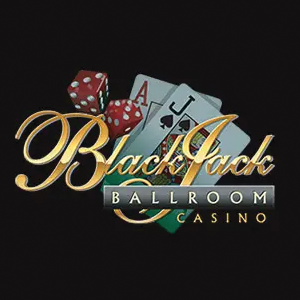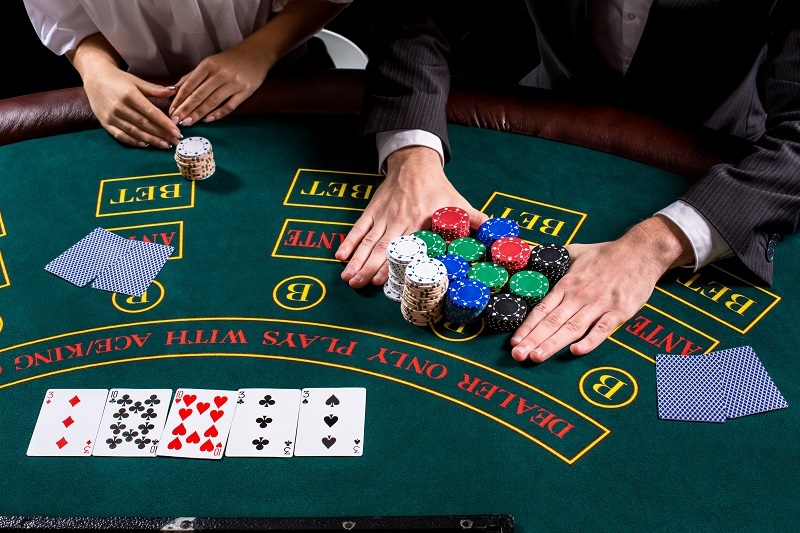The origin of Twenty-one (much like the source of the other well-liked casino game – poker) is a topic of constant discussion. The French argue that Twenty-one is a native descendant of the French Chemin de Fer game. The Italians, with their passionate nature, claim that Twenty-one is a simplified version of a less sophisticated Italian game called ‘Seven and a half’. Americans believe that Twenty-one was perfected in the USA and emerged there according to the scientific theory of this game.
Even Canadian scholars have recently presented proof of the game’s appearance in Canada. Linguists believe that there is a French influence in the development of the game. In an American Handbook published in 1875, the game is listed under the name ‘Vingt-et-Un’, which means ‘twenty-one’ in French. Nowadays, some people colloquially refer to it as Van John or Pontoon.
Rules of Twenty-one
At the start of the game, the player receives two cards; the dealer distributes each card one by one. Based on the total value of the initial two cards, the player decides whether to draw additional cards to reach a total of 21 points or to skip the opportunity. If you exceed 21 points or have a lower total than the dealer, you lose.
If a player decides to stand with their current total and skip drawing more cards, the dealer then forms their own hand. If the total points of the dealer’s hand exceed the player’s total, then the dealer wins. If both the player and the dealer have the same total points, the game ends in a tie. The value of each card determines the number of points it contributes. A Twenty-one hand consists of an Ace and a 10-point card; this combination wins unless the dealer also has a Twenty-one (in which case, the game ends in a tie).














